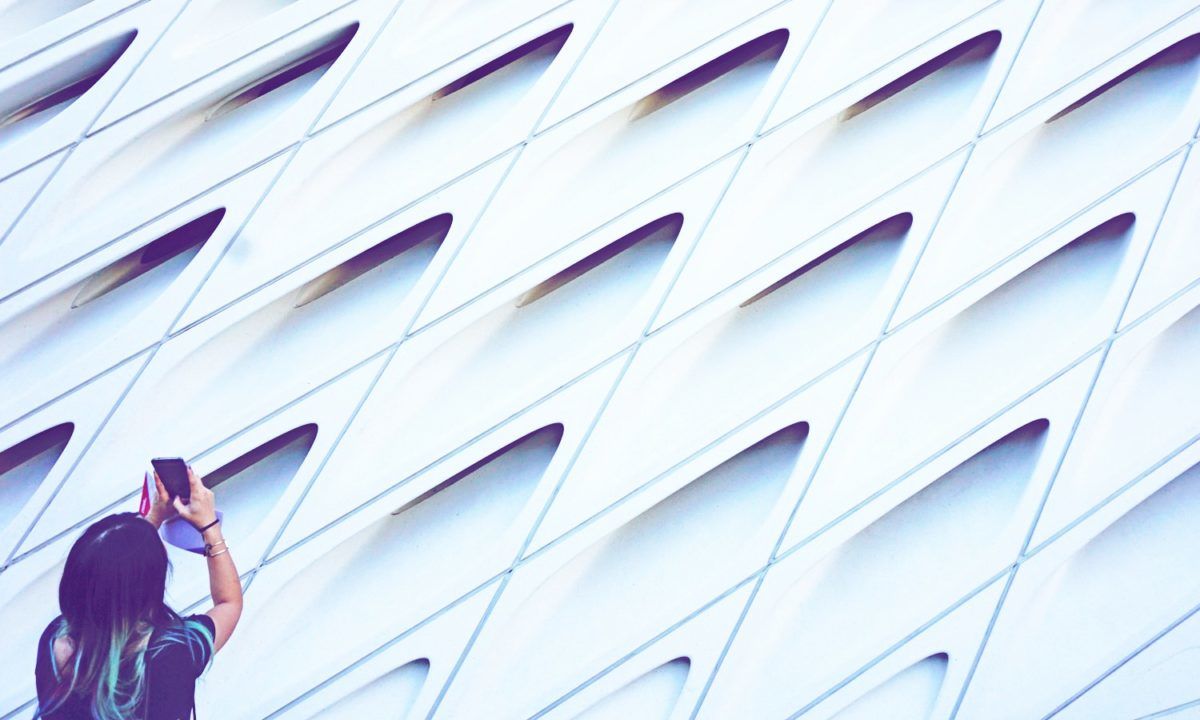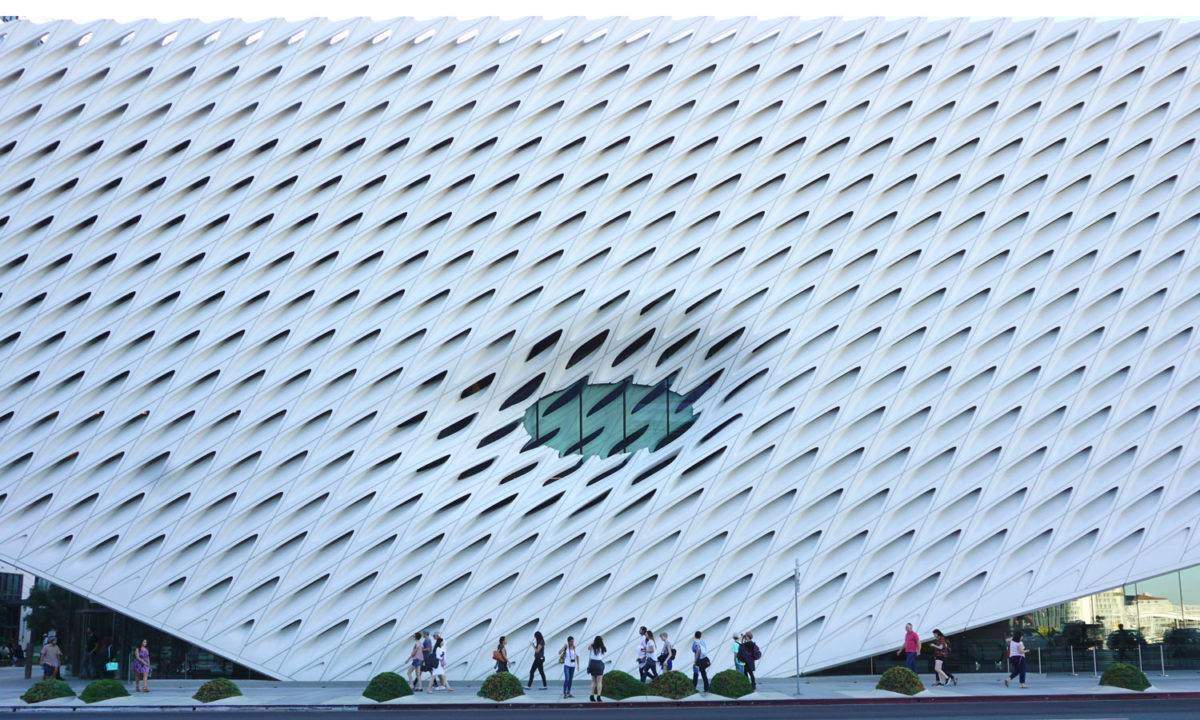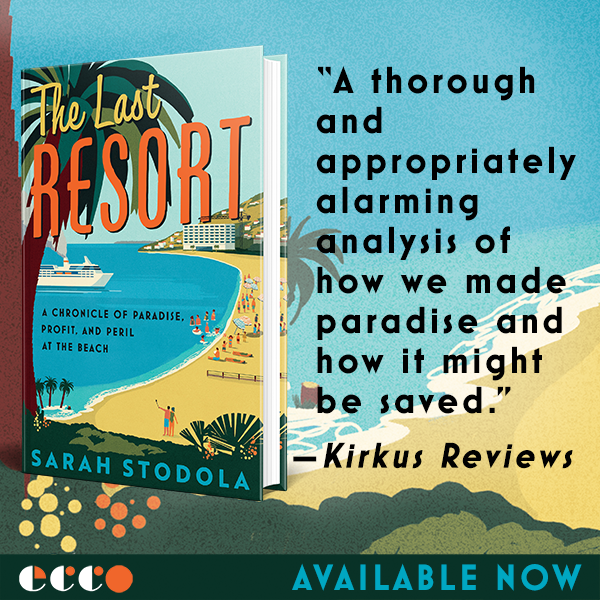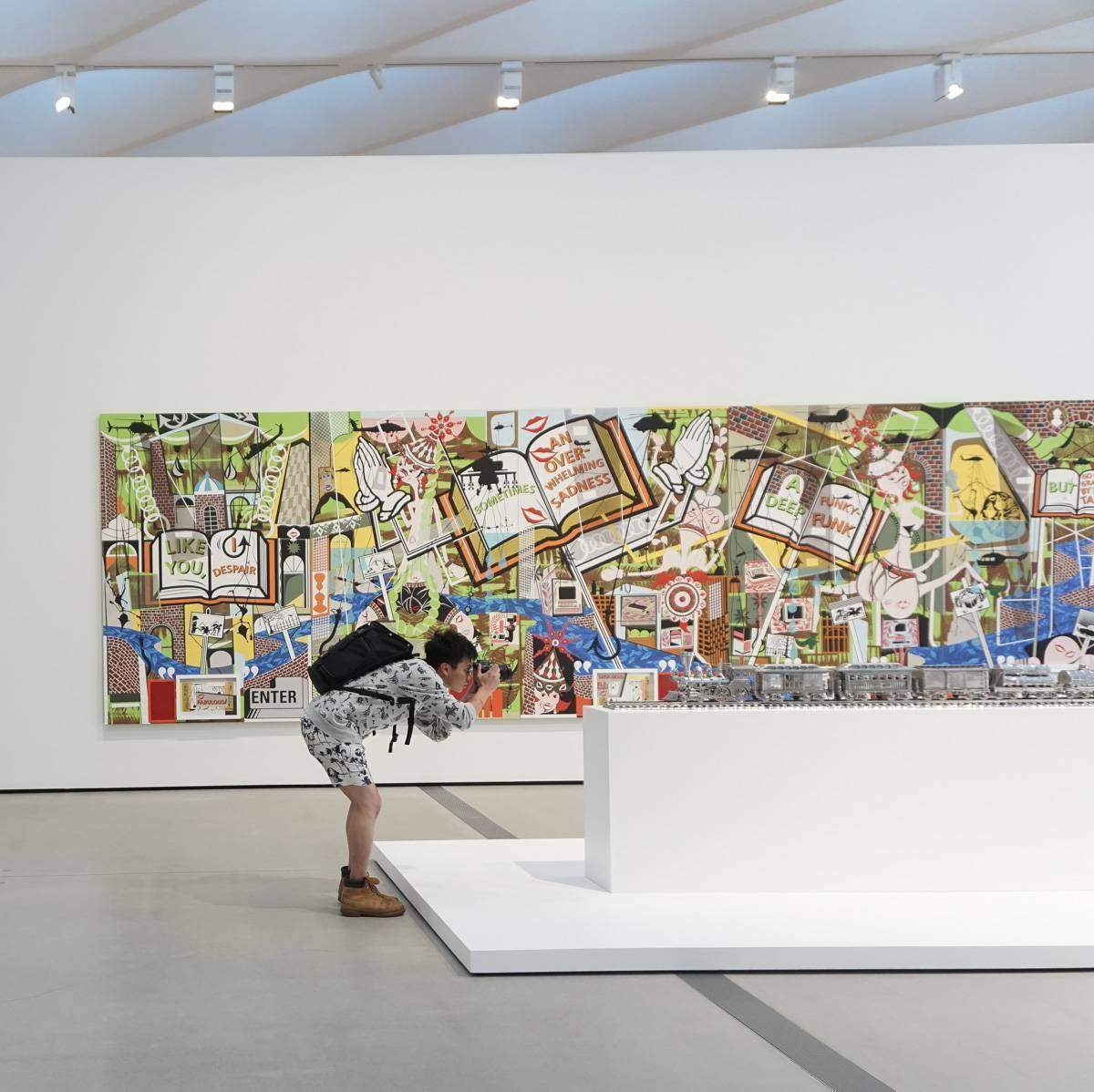Getting into the newly opened Broad Museum in downtown Los Angeles takes some forethought, something I discovered almost too late during a weeklong trip to Los Angeles this September. The free advance timed tickets available via the website were long since fully booked by the time I checked. I called the museum to see about alternatives, and was advised to forget about the weekends and come on a weekday to try my luck with the limited number of tickets reserved for walk-ins. I’d probably get in if I was willing to wait in line for a while, the woman on the phone told me, with a dash of sympathy.
I heeded her tip, and on a Tuesday afternoon at 3pm, only had to wait 20 minutes or so before I was granted entry. The challenge of it makes being inside the Broad all the more satisfying, prone as humans are to turning scarcity into a selling point. Getting in felt good, in and of itself. Beating the system, or imagining this.
This first impression of the Broad coexists with a second, which comes in the form of the building itself. Some things are better experienced through photographs than in person, and the distorted honeycomb exterior is one of them. It can feel like a 1950s version of the future when you’re standing in front of it (in that line, waiting to get in). On Instagram, though, it gives the suggestion of major depth of field, of large scale dynamism, of midcentury modernism instead of midcentury futurism. The repetition in its design photographs like a dream, as repetition does. Had the building’s original design come to fruition, the repetition would have been less, and the in-person impact more. As it is, I don’t suggest approaching the Broad unarmed with a camera and some filters.
The Broad’s location next to the Frank Gehry-designed Disney Hall adds to the general impression of envelope-pushing. Both buildings are part of a larger Downtown Los Angeles cultural project, largely the work of Eli Broad, the new museum’s namesake and benefactor—this is his private collection made public. If he has his way, and Broad’s billions of dollars deployed strategically suggest that he will, downtown Los Angeles will emerge as a true cultural center in a city that has been more historically comfortable with scattershot pockets of interest.
Inside the Broad, the strange curves of the exterior lobby gradually give way to a more traditional museum space of white walls and right angles, soaring and emphatic. There is nothing small scale at the Broad Museum, either in the building itself or in the artwork it showcases. The paintings would never fit into your apartment, and many of the sculptures and installations are the exclusive stuff of public art.
Taken together, they make for a solid session of Contemporary Art 101. This collection as currently presented does not seek out new directions in art, but instead consecrates those that have proven themselves already over the past half-century. Even I, an art world interloper, had the sense of the familiar upon viewing most of the works. I may not have seen a particular piece before, but I came in with enough background knowledge to recognize the artists behind the works at first glance.
Everyone you’d think would be represented is: Warhol, Koons, Murakami, Twombly, Ellsworth Kelly, Lichtenstein, et al. This isn’t a bad thing, but it does make for a specific kind of museum-going experience, almost soothing in the way it indulges your comfort zone. Artists with tongue-in-cheek sensibilities dominate, enabling the visitor to approach her viewing of the collection with a light step. This feels appropriate to LA, where the new and the pop in art mingle pretty well with the culture at large.
I did come across a few happy discoveries, like El Anatsui’s ‘Red Block,’ a tapestry-like wall sculpture made of red liquor labels common to Nigeria and resembling fabric used throughout that country. One that I missed out on, thanks to a secondary ticketing process, was the museum’s most popular current attraction, Yayoi Kusama’s ‘Infinity Mirrored Room—The Souls of Millions of Light Years Away.’ (Talk about art created for Instagram…) A happy discovery of a different kind was the windows onto the storage facility on the second-floor landing of the stairwell, which may be the only feature of the museum that looks best in person.
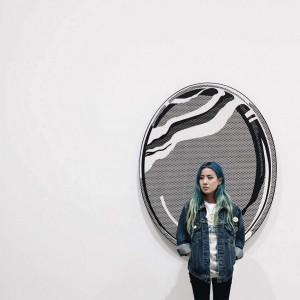

As the Broad Museum settles into its place in the contemporary art landscape, this question probably won’t go away. For a generation raised on the idea of personal promotion, even great art can become mere backdrop. But the hope is, or should be, that this approach doesn’t negate the art when it stands on its own. The Broad Museum stands at the forefront of testing this new milieu.
-by Sarah Stodola



